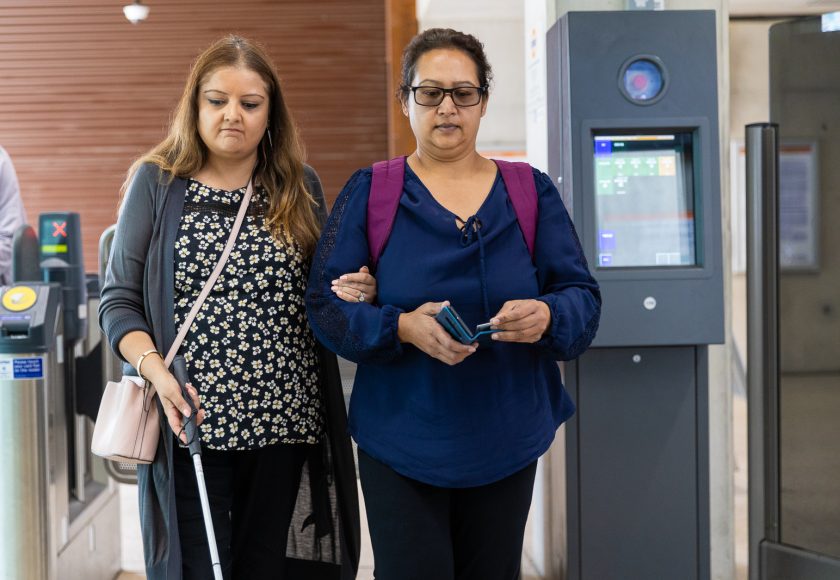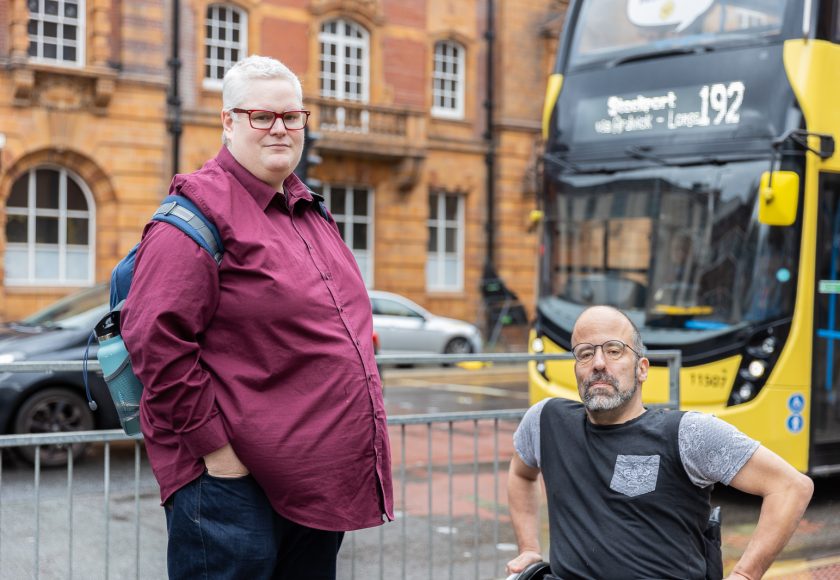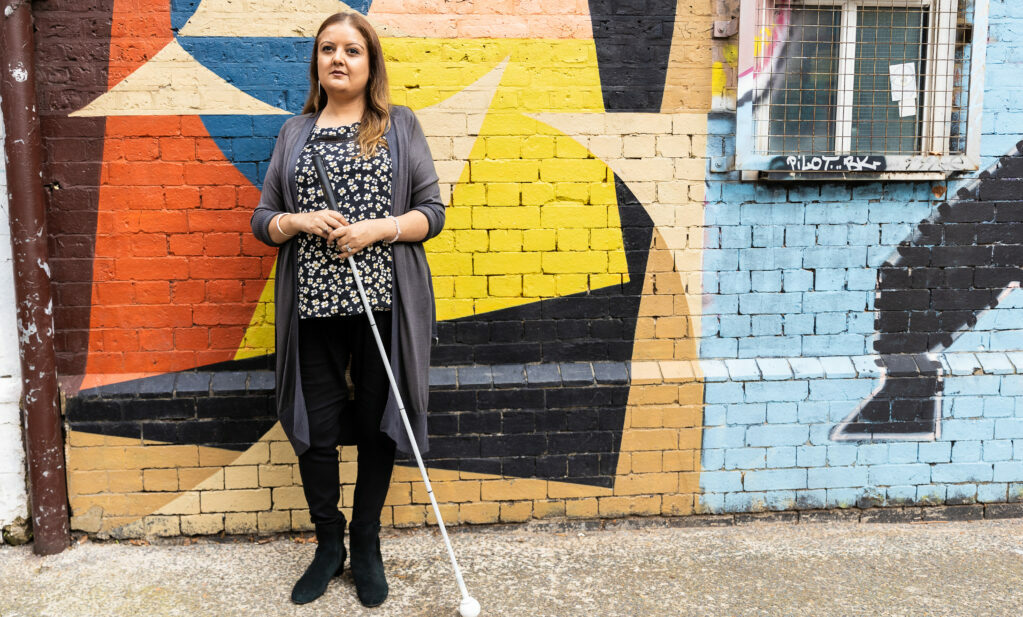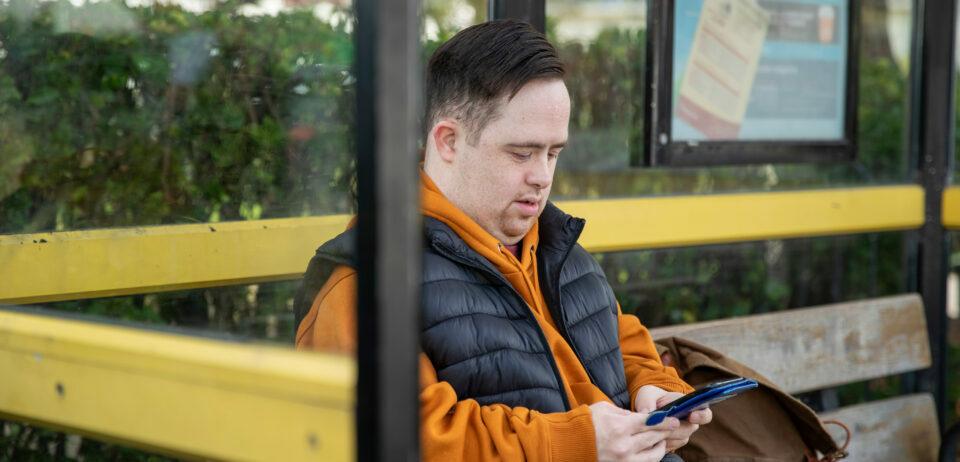Financial barriers: in numbers
- £975
- additional costs incurred per month if you are disabled
- Twice
- as likely to be unemployed than non-disabled people
- 12%
- more likely to live in poverty than non-disabled people
- 1 in 4
- disabled people say inaccessible transport is why they have no job

Transport can be more expensive for disabled people
On top of the costs everyone faces (tickets, buying or renting a vehicle), disabled people often contend with the additional expense of mobility aids, vehicle adaptations, tickets for PAs or carers, among other things – adding thousands of pounds per year to the cost of travel.
As well as these direct financial barriers, disabled people also face indirect financial barriers. These are the ways in which non-monetary access barriers can drive up the cost of the journey even further. For example, a lack of step-free access at someone's local train station may force them to drive to a station further afield, incurring the additional cost of fuel and parking.

Concessions
There are some benefits and concessions available for disabled people which seek to mitigate these financial barriers, including those listed below. However, research suggests there are significant barriers to obtaining them, and they do not go far enough to adequately meet the extra costs we face. For more information about transport concessionary schemes and to find out what you might be eligible for, visit our advice page on concessions.
- Personal Independence Payments (PIP)
- Disabled Person’s Railcard
- English National Concessionary Travel Scheme (for buses, and some other local transport)
- The Motability Scheme
- Access to Work


Got an issue accessing transport?
We can help. Contact our free disabled-led helpline for information, advice, support, and to find out more about your rights.
